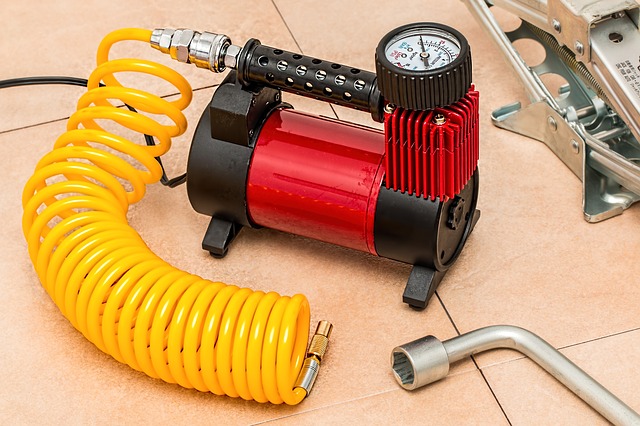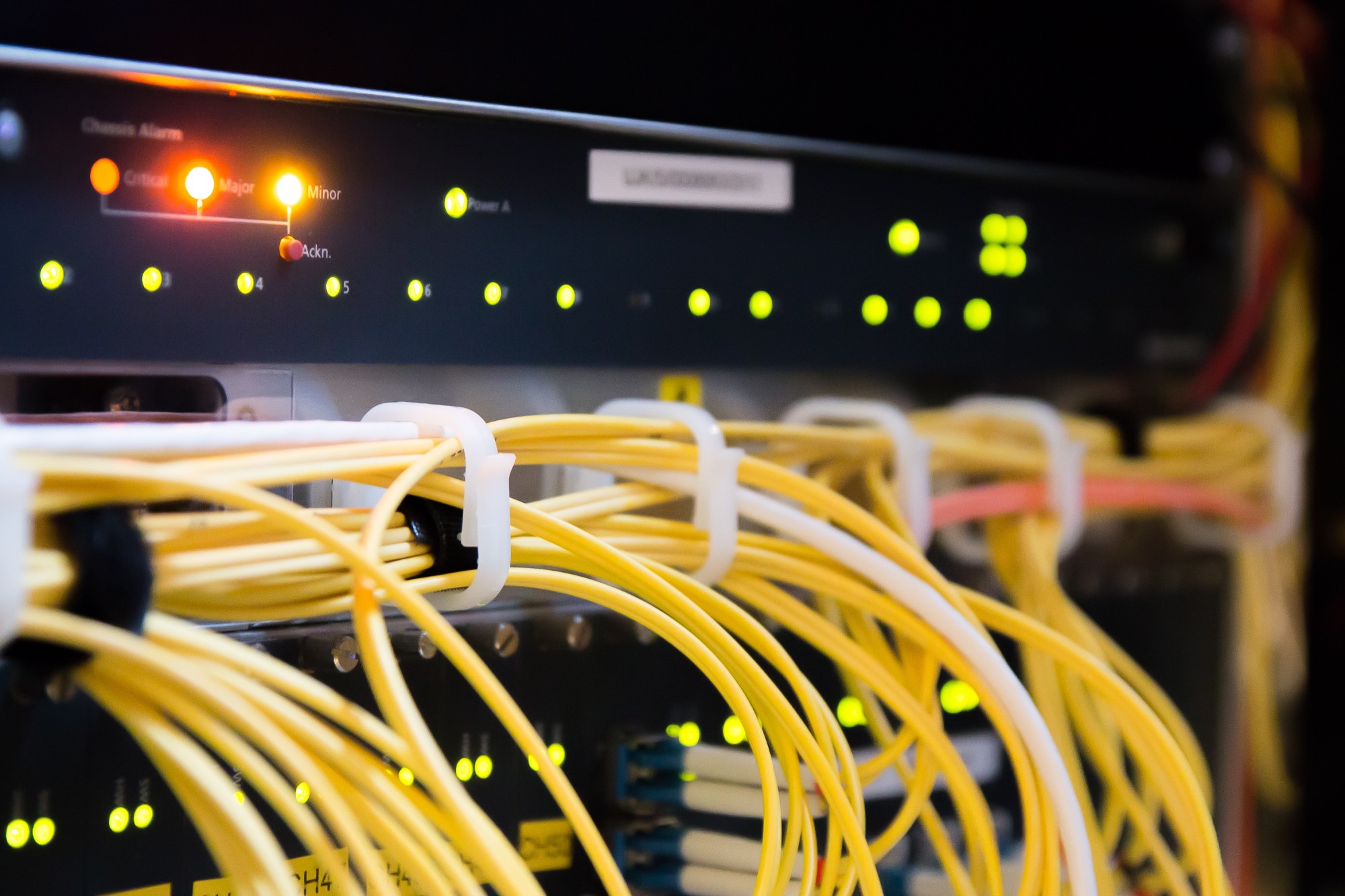Every business, no matter how big or small, has one thing in common – limited office space. Thus, maximizing office space is essential to productivity.
This can be done by managing your office or home network cables. It will help keep everyone safe, prevent the degradation of network quality, and enhance work efficiency.
Having a desk cluttered with loose wires is unprofessional and will reflect on your business, and no one wants that.
So, let’s look at the reasons why network cable management can give your business a total office makeover!
Why Consider Network Cable Management?
Network cable management is organizing and managing your network cable. This may include data cables, power cables, and optical fiber cables.
When you manage your cables, you can improve the performance and reliability of your network while reducing clutter and potential hazards.
How to Manage the Tangles
It’s always a pain having to untangle a bunch of cords, and it’s even worse when you can’t tell which cord goes to what. So let’s list down what you need to know for your cable management:
1. Label Your Cords
This will help you keep track of what goes where during your network cabling, and make it easier to find the right cord when you need it. You can use a simple labeler, or you can invest in a more sophisticated labeling system.
2. Use Cord Management Tools
Cord management tools can help you keep your cords tidy and organized, and make it easier to find the right one when you need it.
3. Avoid Those Sharp Bends
To avoid sharp bends in network cables, use high-quality, flexible patch cables whenever possible. When routing cables through walls or other enclosures, use cable ties or other means to manage cables and avoid sharp bends.
4. Practice Proper Fiber Cable Termination
The first step in network cabling is to ensure that the correct tools are used for the job. The type of cable you have will determine the best termination method.
You can research cable management and how to do this if you already have the tools. But it is best to consult a professional network cable management service on how to find the right adapters and test your connections.
If you want to get more information, click here to see how a professional cabling company can improve your connections.
5. Adhesives Come a Long Way
Don’t forget about aesthetics. Since loose cables are unsightly, take the time to hide them away or use them to create the desired look.
This can be done with cable trays, raceways, or even creative routing using velcro if you have a small space. You can utilize more sophisticated cable organizers for your business.
6. Save Energy Costs by Unplugging
Finally, don’t forget to unplug your cords when you’re not using them. This will help prevent them from becoming tangled, and will also help you save on energy costs. When you’re ready to use a cord again, plug it back.
When to Call a Professional
As you can see, there are many factors to consider when it comes to your network cable. By following these tips, you can ensure that your network cables are managed and keep your network running smoothly.
If you need help planning or implementing a network cable management system, contact a professional today.
Want to learn more? Check out the rest of our articles for the latest information and news!











